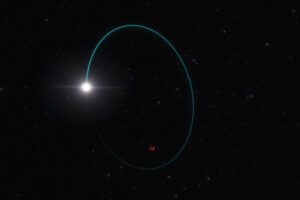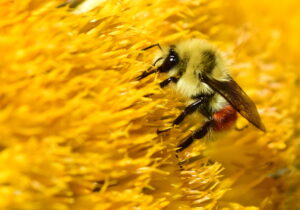In the rainbow family, the fogbow is an outcast. Unlike their more vibrant and colorful cousin, they are mostly white and quite eerie-looking. Sailors call fogbows ‘white rainbows’, ‘ghost rainbows’, or ‘sea-dogs’.

A fogbow in the Ceahlau Mountains in Romania. Photo: Miresan Ciprian/Shutterstock
Where can you spot a fogbow?
Fogbows are a common arctic phenomenon but are also seen in mountainous areas. They form where fog is beginning to develop, and the sun is at a particular angle. The best time to see them is early morning or the late evening — in other words, when the sun is low.
Observers have also seen them from ships and planes. Physicist Les Cowley says that the observer must be facing away from the sun at an angle of 35-40°, and the sun must be at less than a 40° angle if you’re on the ground.
Contrary to common belief, fogbows are not halos. Halos form when light reflects and refracts off ice crystals. Rainbows and fogbows act differently.
How fogbows form
The name fogbow is self-explanatory. They occur around fog or mist. Like rainbows, fogbows form when sunlight interacts with water droplets. The light diffracts through the droplets, which are over 100 times smaller than regular rain drops, measuring less than 0.1mm. The fog must be thin and the sunshine must be bright enough for some light to diffract.

A fogbow in the Arctic. Photo: Jerry Kobalenko
The pale color is a result of the diffraction process. When rainbows form, light reflects off thick rain drops, refracts, then disperses. This turns the droplets into prisms which create multiple bows of color. In fogbows, the droplets are too small to reflect any light and create colors. Instead, the light scatters and the colors are “smeared out”. The colors overlap into a singular white bow. The diffraction also results in broader bows. Sometimes you can see weak remnants of red or blue at the edge of a fogbow. The fogbow’s arc ranges from 30° to 45°.
There are also two variations of the fogbow, the cloudbow, and the lunar fogbow. Cloudbows are fogbows that occur higher in the sky when low-level fog is not present on the ground. They occur when sunlight interacts with a thin cloud bank. You may have seen them when passing above some thin clouds in a plane. Lunar fogbows are fogbows that occur at night when fog droplets diffract the light of the moon.






